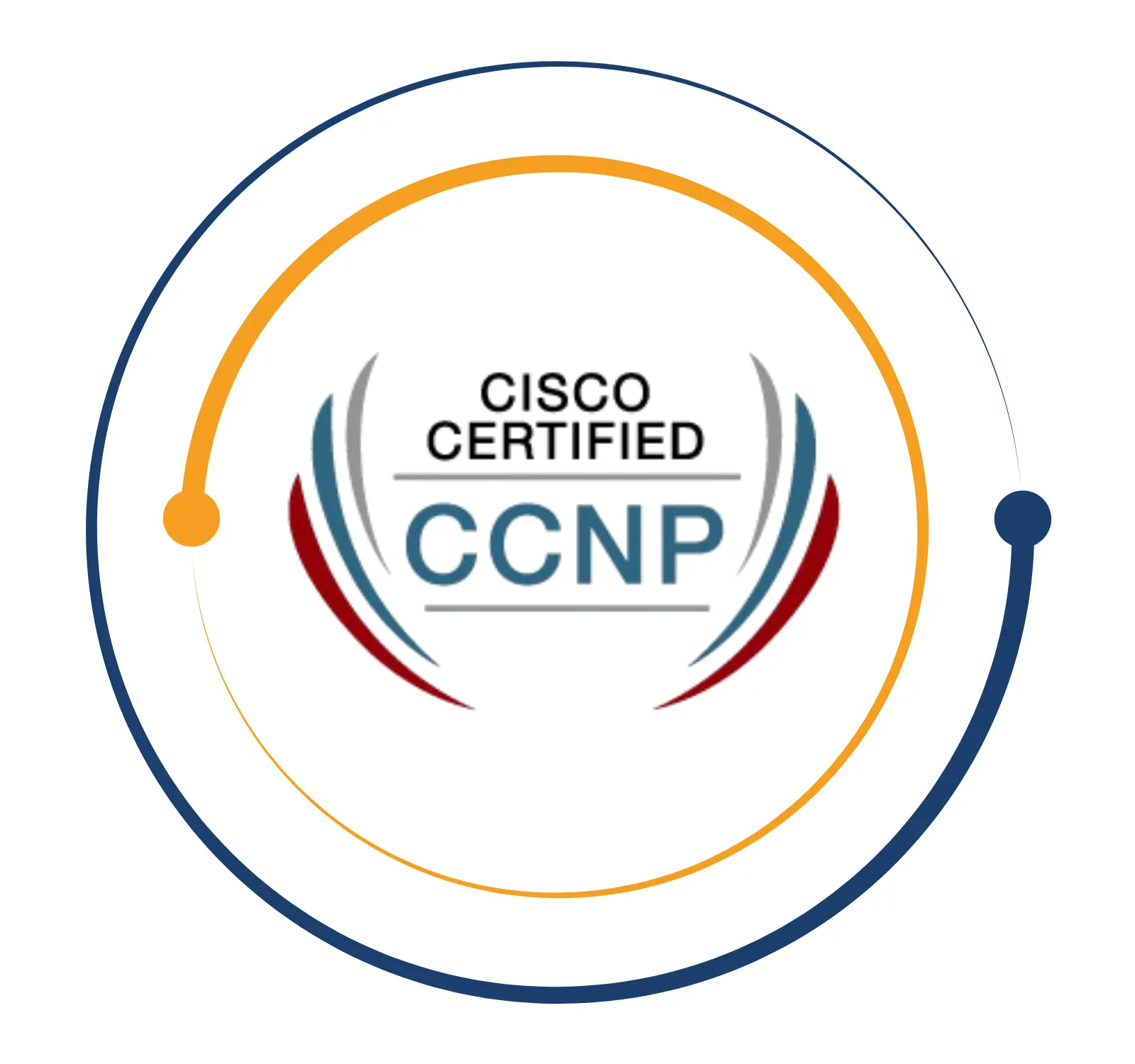Enhance Your Security Skills with Expert Penetration Testing Training
Penetration Testing Training
Do you want to become an expert at web app penetration testing? BITA Academy offers Web App Penetration Testing Training to aid testing experts in learning the techniques to test bugs and vulnerabilities in websites and web applications. The practical training sessions will cover everything, including how hackers find weaknesses, how they carry out their attacks, how to defend themselves against them, and how to report bugs to the relevant developers.
Web application penetration testing is the process designed to simulate malicious activities on a system to mean that the focus data to determine whether a system is secure. To find the vulnerability, Penetration flaws, or threats in a web application, penetration testing is used, either manually or automatically. Any known malicious penetration attacks against the application are used during the tests. Finding Penetration flaws in the entire web application and its components is the main result of web application penetration testing.
Penetration Testing Training
Do you want to become an expert at web app penetration testing? BITA Academy offers Web App Penetration Testing Training to aid testing experts in learning the techniques to test bugs and vulnerabilities in websites and web applications. The practical training sessions will cover everything, including how hackers find weaknesses, how they carry out their attacks, how to defend themselves against them, and how to report bugs to the relevant developers.
What is Web App Penetration Testing?
Web application penetration testing is the process designed to simulate malicious activities on a system to mean that the focus data to determine whether a system is secure. To find the vulnerability, Penetration flaws, or threats in a web application, penetration testing is used, either manually or automatically. Any known malicious penetration attacks against the application are used during the tests. Finding Penetration flaws in the entire web application and its components is the main result of web application penetration testing.
Types of Penetration Testing
Black Box Testing – A software testing technique known as “black box testing” is one in which the tester is blind to the internal organization, planning, and execution of the software application under test.
White Box Testing – White-box testing is software testing that examines an application’s internal logic or operations rather than just its functionality. In white-box testing, test cases are created using both programming knowledge and an internal viewpoint of the system.
Gray Box Testing – The term “gray box testing” refers to a software testing method that combines the words “black box testing” and “white box testing.” In Gray Box Testing, the internal structure, design, and implementation are only partially known.
Web application penetration testing is the process designed to simulate malicious activities on a system to mean that the focus data to determine whether a system is secure. To find the vulnerability, Penetration flaws, or threats in a web application, penetration testing is used, either manually or automatically. Any known malicious penetration attacks against the application are used during the tests. Finding Penetration flaws in the entire web application and its components is the main result of web application penetration testing.
Black Box Testing – A software testing technique known as “black box testing” is one in which the tester is blind to the internal organization, planning, and execution of the software application under test.
White Box Testing – White-box testing is software testing that examines an application’s internal logic or operations rather than just its functionality. In white-box testing, test cases are created using both programming knowledge and an internal viewpoint of the system.
Gray Box Testing – The term “gray box testing” refers to a software testing method that combines the words “black box testing” and “white box testing.” In Gray Box Testing, the internal structure, design, and implementation are only partially known.
Get Instant Help Here
The Penetration Testing certification evaluates your abilities and experience in assessing a system’s intrusive vulnerabilities. People who want to work in the penetration testing applications of large companies should get this certification. Your professional development and knowledge base will both benefit from this certification. We award all educators with certificates after they complete Penetration Testing Training. If you possess a certificate from us for penetration testing, your resume will gain value. The Penetration Testing Training in Chennai offered by BITA Academy is open to candidates who still want to work in this field and will prepare them for a rewarding career.
- Certified Penetration Tester (CPT)
- GIAC Penetration Tester (GPEN)
- GIAC Exploit Researcher and Advanced Penetration Tester (GXPN)
- CompTIA PenTest+
- Licensed Penetration Tester

An entry-level cyber penetration position is frequently the beginning of a career as a pen tester. Many businesses are looking to hire experienced penetration testers. Fortunately, there are approaches to beginning experience acquisition outside of the workplace. Practical testing in simulated environments is a common feature of pen testing training programs. Consider beginning your career as a network or systems administrator, information Penetration analyst, or other similar position if you want to pursue a career in pen testing so you can begin developing your IT skills. You can use your hacking abilities for the greater good by assisting organizations in their defense against cybercriminals by pursuing a career as a pen tester. It’s also a well-paying, in-demand career path. In India, a penetration tester makes an average yearly salary of 7 Lakhs. Signup for Penetration Testing Training in Chennai.
Job you can land with Penetration Testing
What you will learn?
- What is the web?
- What is a web application?
- Architecture of the web application
- Types of Software Testing?
- What are client and server side languages?
- What is a web server and application server?
- DNS and WHOIS
- Shorthand extensions and tools
- The HTTP Protocol
- HTTP Methods
- HTTP Status Codes
- HTTPS
- Web Socket
- Proxy
- SSL/TLS
- Digital Signature
- Digital Certificate
- Fingerprinting web server
- Introduction to burp suite
- Configuring burp
- Burp proxy
- Burp spider
- Burp Intruder
- Burp Repeater
- Burp Sequencer
- Burp fuzzing
- Vulnerable Web Applications
- SQL Injection (In-band and Inferential) and SQL tools
- HTML Injection
- Command Injection
- LDAP Injection
- XPATH Injection
- What is authentication?
- Basic Authentication, OAuth, SAML
- Information Leakage
- Man-In-The-Middle (MITM)
- Directory Traversal
- Weak Passwords and Usernames
- Plain-Text password transmission
- Brute Force
- Insecure Storage of credentials
- Cookies
- Session and tokens
- CSRF
- What is XSS?
- Types of XSS
- Implications of XSS
- Mitigation technique
- What is LFI?
- What is RFI?
- File upload vulnerability
- Remote Code Execution
- Clickjacking
- IDOR
- Host header attack
- CORS
- Invalidated URL redirect and forward
- Broken Access Control
- Web Application Firewall
- Mod_security
- CSP
- What are reports?
- Importance of documentation
- Standards of reporting
Weekdays
Mon-Fri
Online/Offline
1 hour
Hands-on Training
Suitable for Fresh Jobseekers
/ Non IT to IT transition
Weekends
Sat – Sun
Online/Offline
1.30 – 2 hours
Hands-on Training
Suitable for IT Professionals
Batch details
Week days
Mon-Fri
Online/Offline
1 hour
Hands-on Training
/ Non IT to IT transition
Sat – Sun
Online/Offline
1:30 – 2 hours
Hands-on Training
Why should you select us?






Why should you select Us?




























